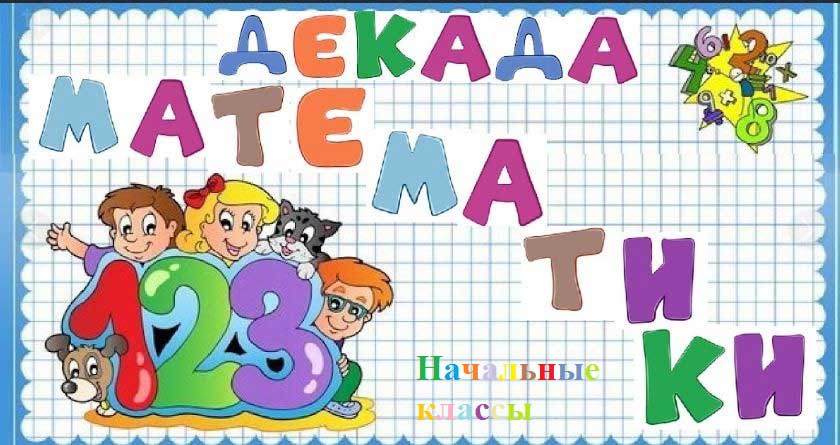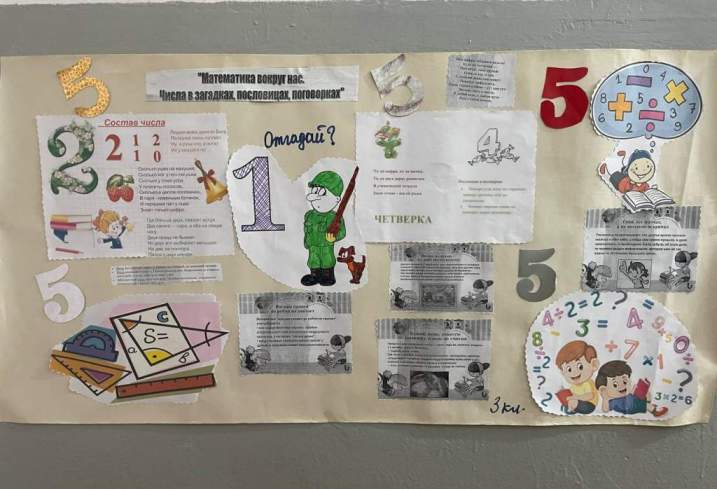When planning the educational process, the teacher must first determine what program and what textbooks he will work with the students. Currently, there are several such programs and many textbooks.
The authors of most programs accompany them with a teaching and methodological complex (TMC), including textbooks, workbooks, and methodological manuals for teachers. The choice is huge, so a beginning teacher should consult with colleagues and also take into account the material capabilities of the school.
Usually, the teaching and methodological kit contains thematic planning for all years of study, and sometimes a short lesson plan (partially). Therefore, in most cases, the teacher only needs to draw up a calendar-thematic plan, and then lesson plans. First, you need to know the length of the school year by grade and the duration of the lesson in elementary grades. Usually, the duration of the lesson can vary from 30 to 40 minutes in the first grade, gradually increasing in others. As for the number of school weeks in the school year, it is recommended to focus on 30 weeks or slightly less. This is due to the fact that low temperatures and quarantines in the winter can shorten the duration of the school year by 10-15%. Therefore, it is necessary to plan a sufficient reserve of study time.

When planning, do not forget about planning excursions to nature, a garden, a farm, a factory, a construction site, etc. Excursions are conducted with the purpose of accumulating direct observations and impressions of objects and phenomena related to the study of mathematics. For example, an excursion to a store allows children to observe the process of buying and selling and the associated rules for using scales, determining the cost of goods, prices, etc. The knowledge gained is then used to solve problems in subsequent lessons. After studying the topic “Area of Geometric Figures”, you can conduct measurement work on the ground or in the school area.






